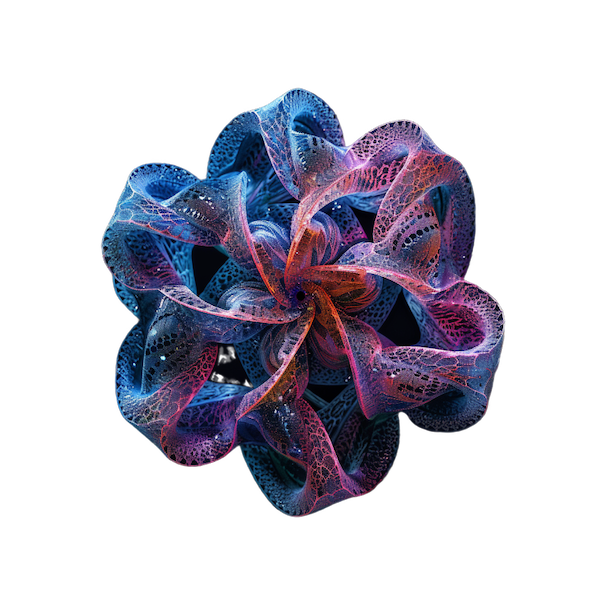

Background
Why is the quantum nature of our world so inscrutable? Why are we, as humans, so ill equipped to understand it? By relating universal concepts on classical and quantum scales, I hope to find ways of gaining meaningful intuition about the inner workings of nature.
Building Intuition for the Unknown World of Quantum Mechanics
I was initially guided by the results of a fascinating experiment where silicon droplets were found to exhibit quantum mechanical behavior: single-slit interference, quantum wells, exponentially decreasing probabilities, the whole nine yards. This suggests that we may be able to model quantum mechanics with a simple tabletop experiment by allowing ourselves to draw comparisons and analogies between the two worlds. My initial question was then: what more can this setup teach us about other, perhaps more intricate, and subtle quantum phenomena? As I delved into this question and explored its surroundings, different paths and curiosities appeared. For instance, what does this tell us about renormalizing theories, i.e. going from the world of small things to the world of big thing? Where in this process do we trade the probabilities of quantum mechanics for the chaos of classical mechanics? How is this analogy between the two realms limited, if at all? Drawing any definite conclusion is, of course, impossible, but I tend towards seeing this silicon droplet for what it is: a way to model quantum mechanics with fluids. Anything else is just a cherry on top of the sundae.
Final Question: What are the limits of the analogies between quantum and classical worlds?
.svg)




